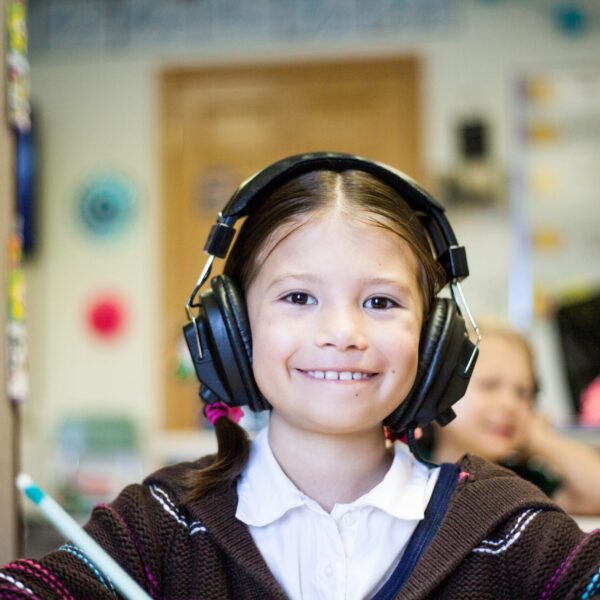Subscribe to our Newsletter
Receive our weekly newsletter, updates, and promotions, to your inbox.

In a previous blog, we discussed how to recognise an autistic girl in the classroom because she is often not discovered until after mental health concerns have begun. Once recognised and understood, there are many ways in which teachers can support their autistic female students in the classroom across social, emotional, and academic areas. This blog provides tips and strategies for teachers and teacher’s aides. Parents may wish to pass this information on to the daughter’s form or class teacher.
Autistic girls feel considerable anxiety about standing out or being noticed as being different. Provide support with discretion, in moments before class starts, during break times, or just after class ends for the day.
Allow time and space for expression of her emotions using multiple modalities, speaking, writing, art, finding images on Google that fit, music, poetry, sculpture, painting, and drawing.
Offer a quiet space to work and choice about seating arrangements, including whom she sits next to. When offering accommodations, offer them to the whole class.
Acknowledge and validate her feelings.
Offer reassurance.
Use visual supports to help her to identify her emotions, e.g. the Feelings Wheel.
Discuss relaxation strategies when she is calm.
Allow her to enter the class early to avoid the rush and noise.
Discuss with parents the potential triggers for anxiety and any specific fears.
Anxiety related to change and transition may be reduced by simply reminding her in advance of the coming change.
Make learning concrete and give context, i.e. provide the “big picture.”
Use multiple learning modalities for teaching, many autistic students are visual and kinaesthetic learners.
Visual supports are often helpful, e.g. a visual timetable and To-Do Lists, presenting information in written text as well as auditory.
Make time for individual and private check-ins.
Schedule “islands of solitude” during the day to allow true breaks from the social and academic curriculum.
Allow movement in class as needed, and access to comfort items such as fiddly toys and soft toys or rocks.
She is likely to need assistance in understanding other people’s perspectives, intentions, and expectations. It would also be helpful for her to have a few allies at school, including a counsellor or guidance officer who may be able to support her learning by:
Be aware of how she is being treated by others and be proactive in protecting her from bullying, including exclusion.
Our online courses Autistic Girls and Autistic Women are for parents and carers as well as educationalists and health practitioners. It celebrates the unique presentation of autistic girls and women and is thus suitable for autistic adolescent girls 14 years old and older to watch. The courses aim to increase awareness and knowledge of the autistic female presentation and share strategies we find useful in clinical practice. We address key challenges, including self-understanding, adolescence, relationships, and expressing and managing emotions. We also provide strategies to maximise the possibility of successful outcomes.
*NB: Wherever gender is referred to, we are referring to the gender assigned at birth.